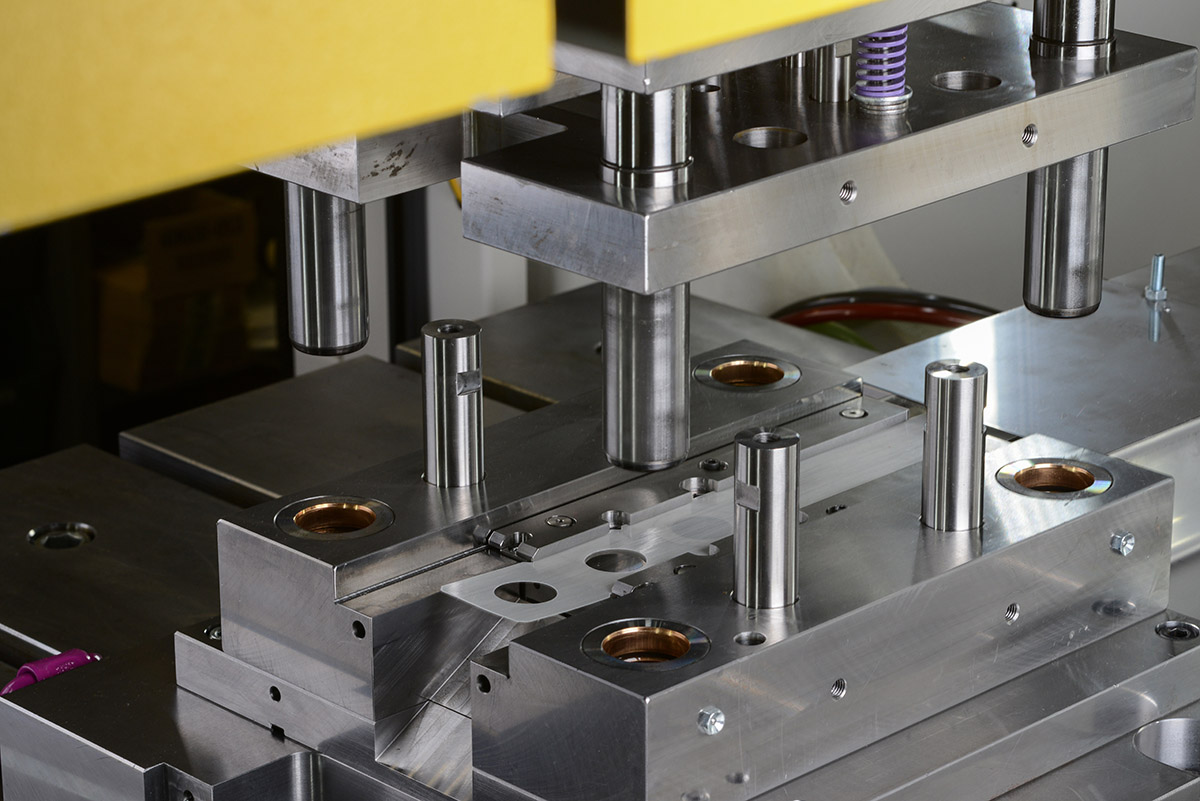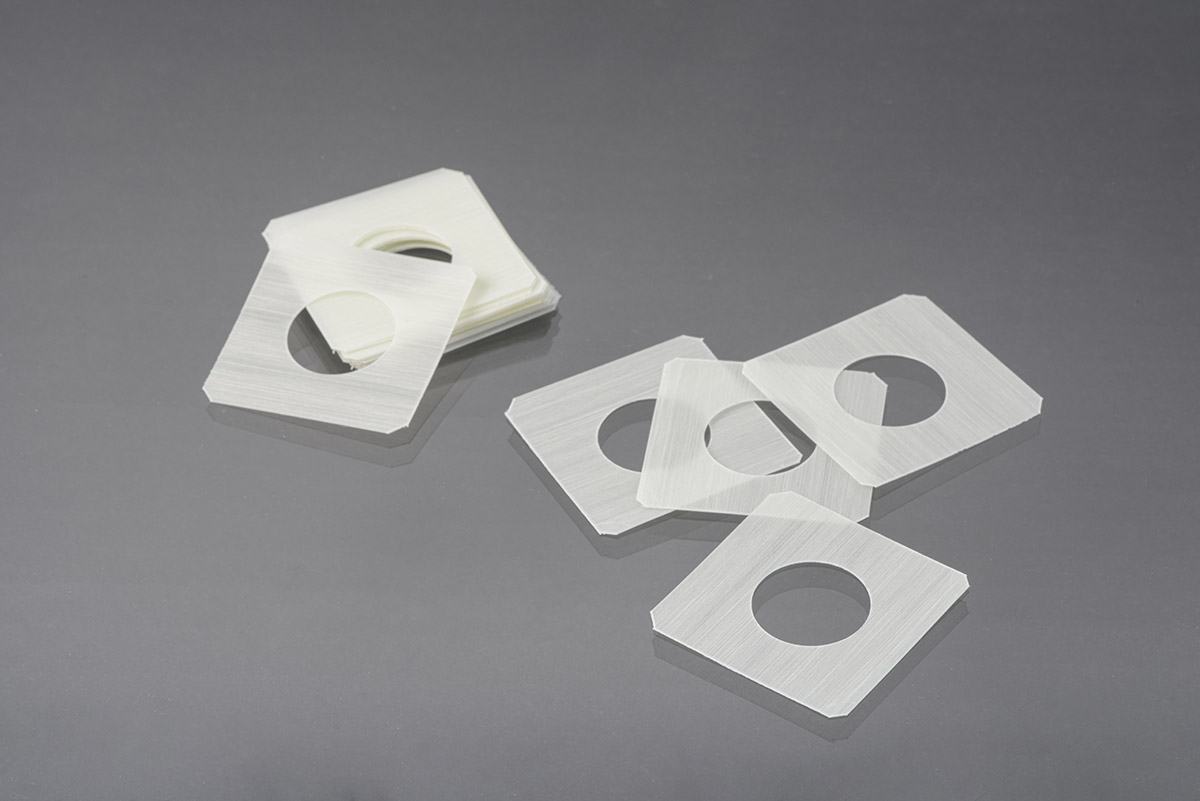Components made of fiber-reinforced plastic (FRP) and organo sheets, which are used in the automotive industry or in high-quality consumer products, require precise contours. To ensure that the material is damaged as little as possible in series production and that short cycle times can still be maintained, the industry relies primarily on waterjet cutting, laser processes and machining processes such as milling. However, due to their long processing times, these processes cause significantly higher costs than shear cutting.
The Fraunhofer IPT is working on the further development of shear cutting for FRP: Up to now, shear cutting processes have been very common in sheet metal processing. The punches are therefore optimized for sheet metal materials. When shearing FRP, cutting punches suffer from high tool wear, deliver only poor cut qualities and often lead to component damage such as fiber pullouts.
For this reason, the Fraunhofer IPT has fundamentally investigated the interactions during the shear cutting of FRP and developed punches as well as wear protection coatings. These have already been extensively tested on a basic test rig.
The aim of the research and development work is to extend the process limits in the manufacturing of larger quantities of FRP components, to reduce tool wear and to improve the cutting quality. For companies that use shear cutting in their production, the extended tool life enables a considerable increase in productivity with higher product quality at the same time.



